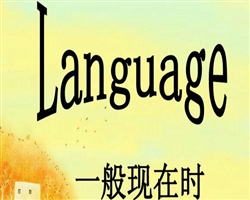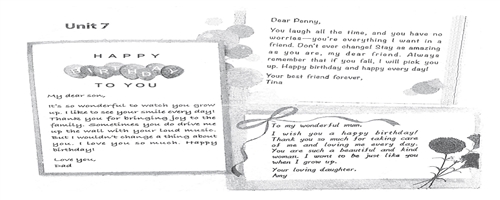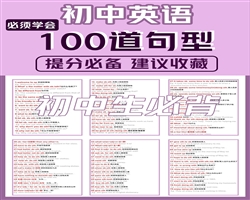Mei Wending (1633~1721) was a Chinese writer on astronomy and mathematics whose work represented an association of Chinese and Western knowledge.
梅文鼎(1633~1721 ),天文学家、数学家。梅文鼎的著作是中西知识联合的结果。
In 1645 China adopted a new, controversial calendar that had been prepared under the direction of the Jesuit Adam Schall von Bell.
1645年中国采用了一种新的、有争议的历法,这种历法是在耶稣会传教士汤若望指导下编制的。
Together with his three younger brothers, Mei studied calendar design under the Daoist Ni Guanghu.
梅文鼎和三个弟弟一起跟道士倪观湖学历法。
A member of a loyalist family, Mei remained independent rather than join the “foreign” Manchu administration, but his fame spread far beyond the boundaries of his Province.
作为忠于明朝的家庭的一员,梅文鼎没有在外族满人的政府做官,但是他的声名传到了外省。
The Kangxi emperor was interested in Mei's work, the Lixue yiwen(c. 1701; “Inquiry on Mathematical Astronomy”), and summoned him to an audience in 1705.
康熙帝对梅文鼎的著作《历学疑问》(约1701)很感兴趣,于1705年召见梅文鼎。
Mei's comparative studies of Chinese and Western mathematics and astronomy expanded on the earlier work of Xu Guangqi (1562~1633).
梅文鼎对中西数学和天文学的比较研究是以徐光启(1562一1633 )的著作为基础的。
Mei tried to situate the new European knowledge properly within the historical framework of Chinese astronomy and mathematics.
梅文鼎试图将欧洲知识恰当地融入到中国天文学和数学的历史框架中去。
In his view, Chinese astronomical knowledge had advanced following the adoption of the new, more accurate Jesuit calendar following the reform initiated by Xu Guangqi in 1629.
在他看来,中国天文学知识随着采用比较精确的汤若望历法之后已经取得了进步,而这次更改历法是徐光启1629年发起的改革的结果。
In his historical studies, Mei stressed that Chinese astronomy had improved from generation to generation, progressing from coarseness to accuracy.
在他的历史研究中,梅文鼎强调中国天文学在一代一代地进步,从粗糙走向精确。
Mei gave precisely the same description for the development of Western astronomy.
他也对西方天文学进行了同样的描述。
In other words, he believed that progress was a universal historical pattern. This was Mei's historical rationale for synthesizing Western and Chinese knowledge.
换句话说就是梅文鼎认为进步是一个普遍的历史规律,这是梅文鼎融汇中西方知识的基本原理。
In Jihe bubian (“Complements of Geometry”) Mei calculated the volumes and relative dimensions of regular and semi-regular polyhedrons by traditional Chinese methods.
在《几何补编》里,梅文鼎使用中国的传统方法计算了正多面体和半正多面体的体积和相对尺寸。
He reinterpreted Euclid's Elements in his Jihe tongjie (“Complete Explanation of Geometry”), by reference to the chapter devoted to right-angled triangles in Jiuzhang suanshu (Nine Chapters on the Mathematical Procedtcres), a mathematical classic completed during the Han Dynasty.
梅文鼎在《几何通解》里,通过提到《九章算术》里处理正三角形的那一章,重新解释了欧几里德的《几何原本》(约前300年)。《九章算术》是中国汉代完成的经典数学论著。
Mei helped rehabilitate traditional Chinese mathematics, and he was most widely admired by the scholars of the Qing Dynasty, who generally assumed that the Nine Chapters included all of mathematics without exception.
梅文鼎促进了中国传统数学的地位的恢复,受到清朝学者的广泛钦佩。清朝学者一般都认为《九章算术》涵盖了数学的各个方面。
The comprehensive collection of Mei's works, Lisuan quanshu, was published in 1723.
梅文鼎的著作总集《历算全书》出版于1723年。





 。
。